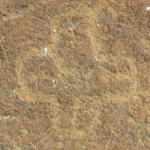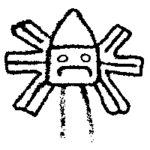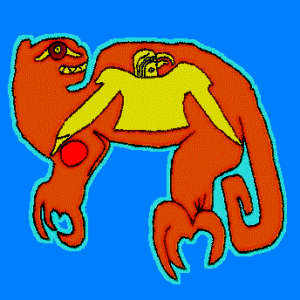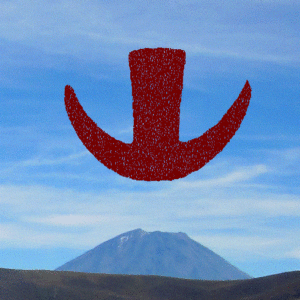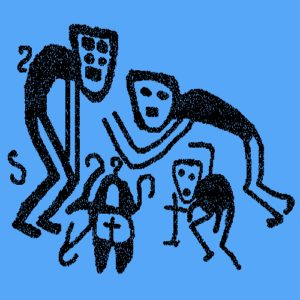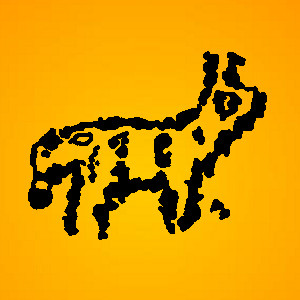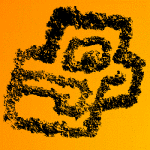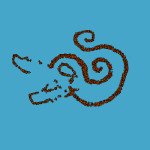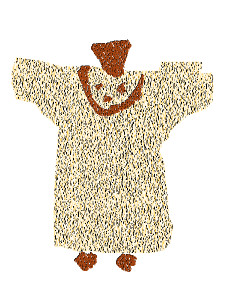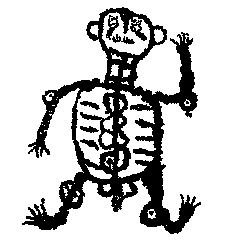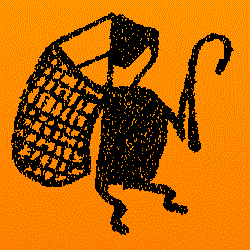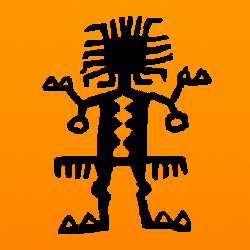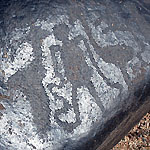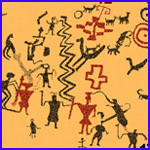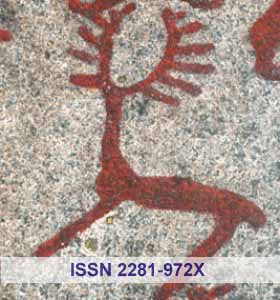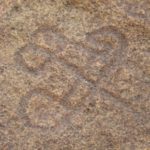 En noviembre 2016 Daniel Castillo Benítez y María Susana Barrau informaron sobre el sitio de arte rupestre de Mayasgo-1 en el Valle de Carabamba en el norte de Perú. En septiembre de 2017 investigué el mismo sitio y descubrí más petroglifos. Por lo tanto, este artículo ofrece una actualización del artículo de Castillo y Barrau.
En noviembre 2016 Daniel Castillo Benítez y María Susana Barrau informaron sobre el sitio de arte rupestre de Mayasgo-1 en el Valle de Carabamba en el norte de Perú. En septiembre de 2017 investigué el mismo sitio y descubrí más petroglifos. Por lo tanto, este artículo ofrece una actualización del artículo de Castillo y Barrau.
In November 2016 Daniel Castillo Benítez and María Susana Barrau reported the rock art site of Mayasgo-1 in the Carabamba Valley of northern Peru. In September 2017 I surveyed the same site and discovered more petroglyphs. Therefore this paper offers an update of the report by Castillo and Barrau.

